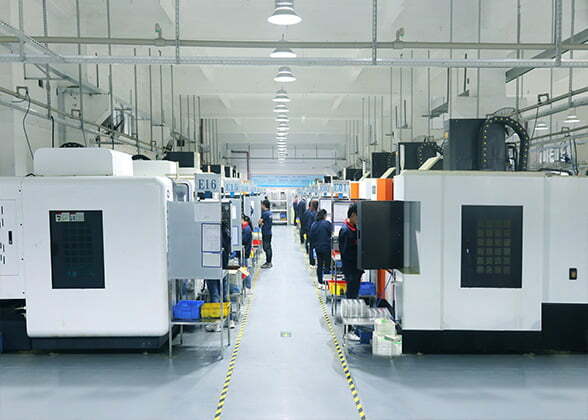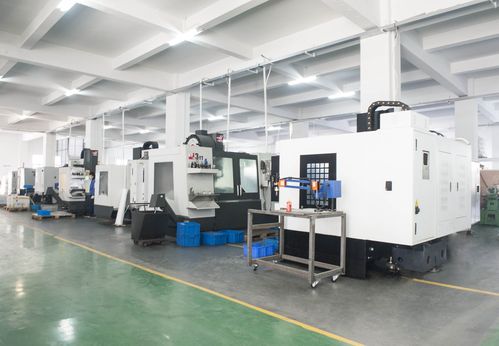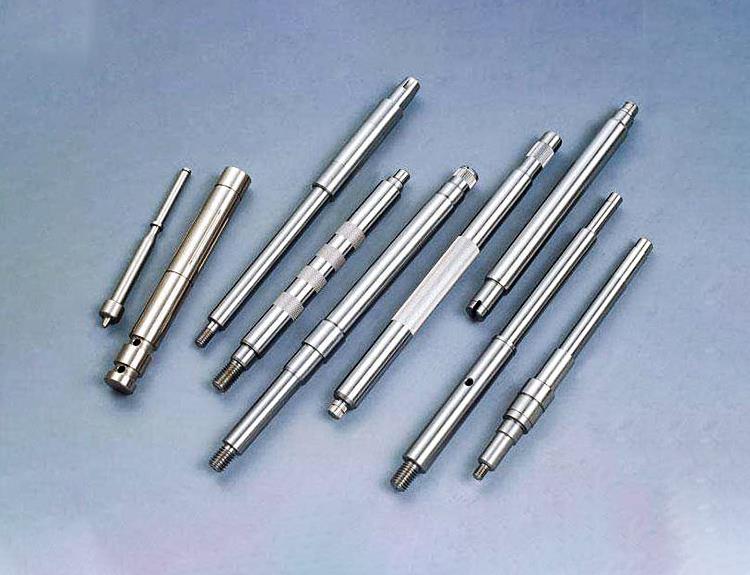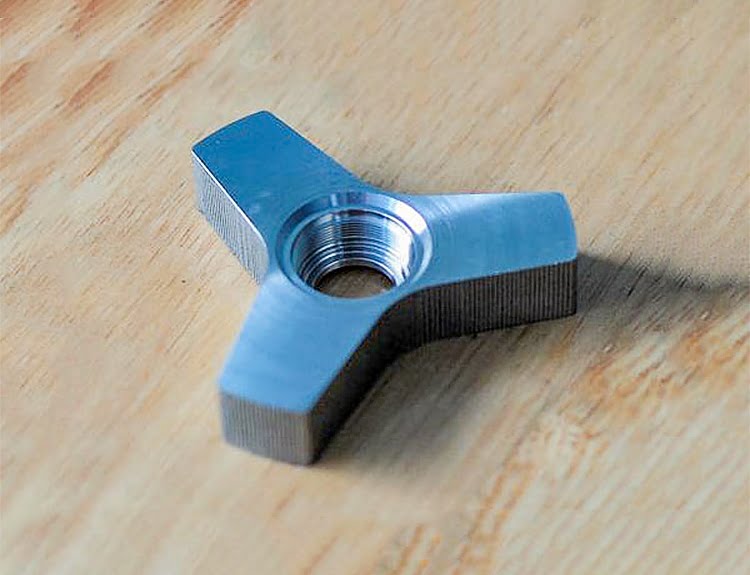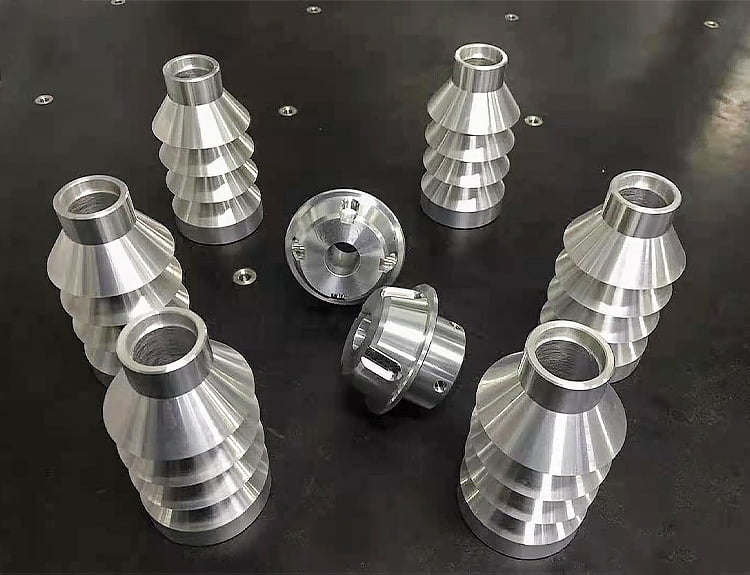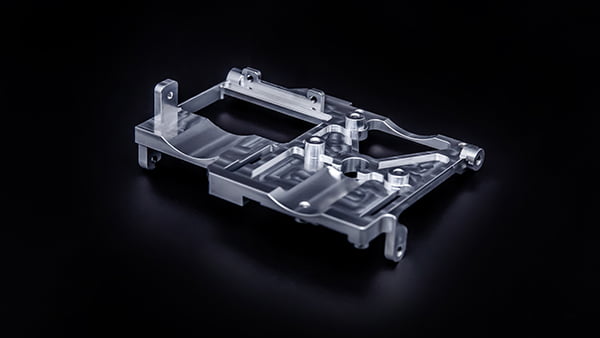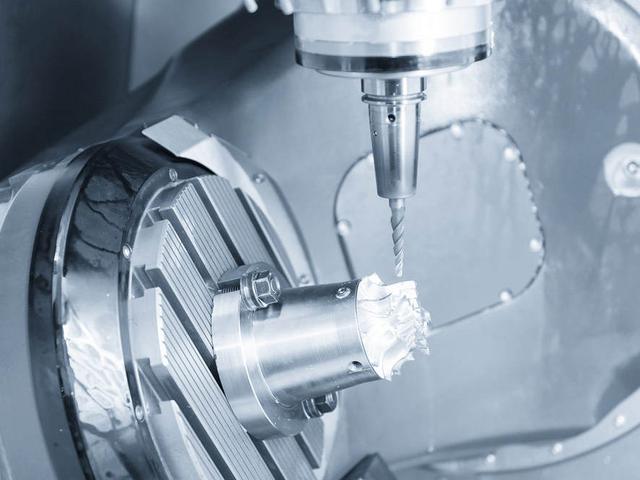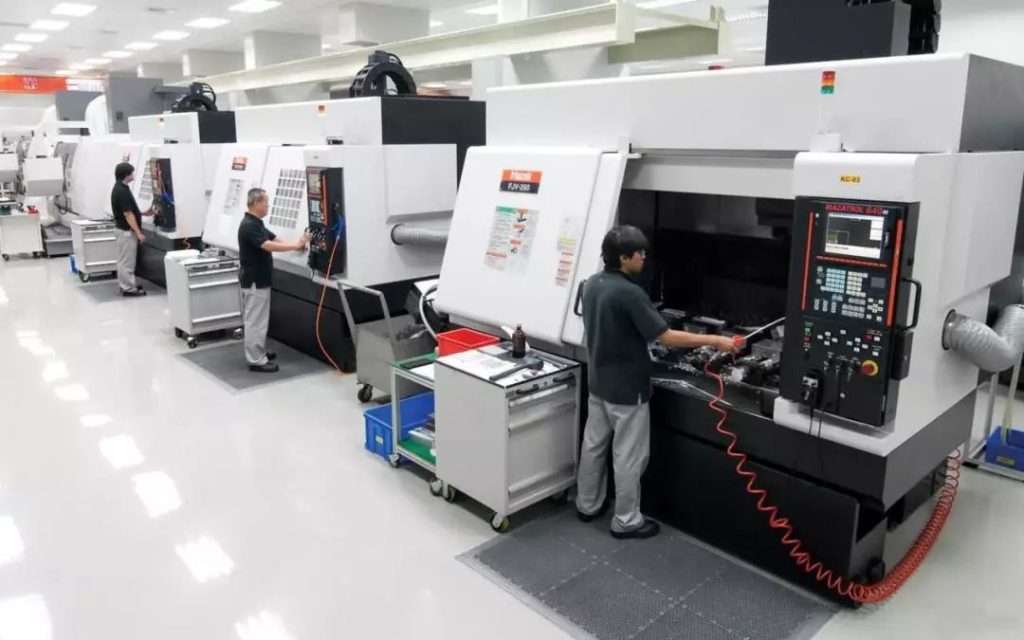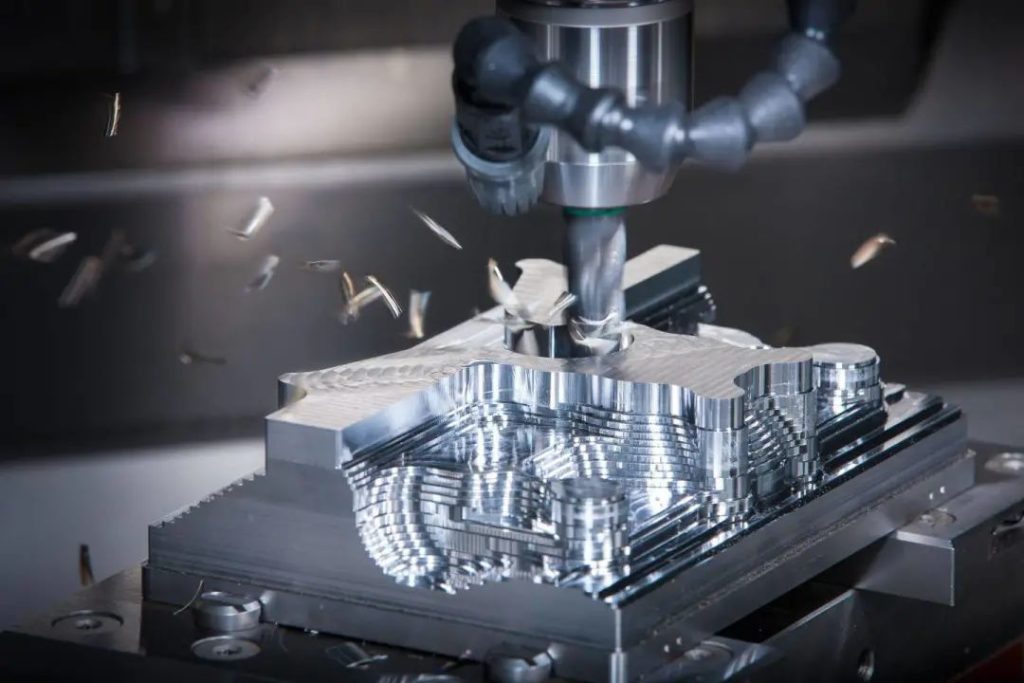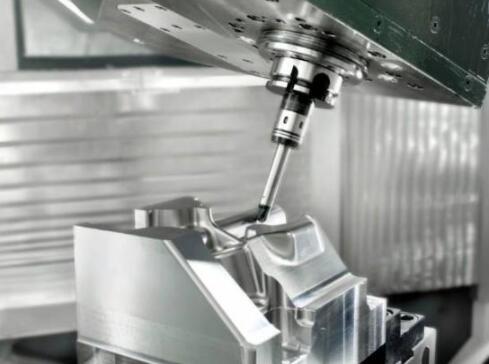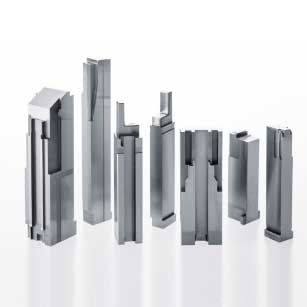In injection molding, the following materials are commonly used:
1. Polystyrene (PS). Commonly known as hard glue, it is a colorless, transparent and glossy granular polystyrene with the following properties:
a. Good optical performance
b. Excellent electrical performance
c. Easy to form and process
d. Good coloring performance
e. The biggest disadvantage is brittleness
f. Low heat-resistant temperature (maximum use temperature 60 ~ 80 ℃)
g. Poor acid resistance
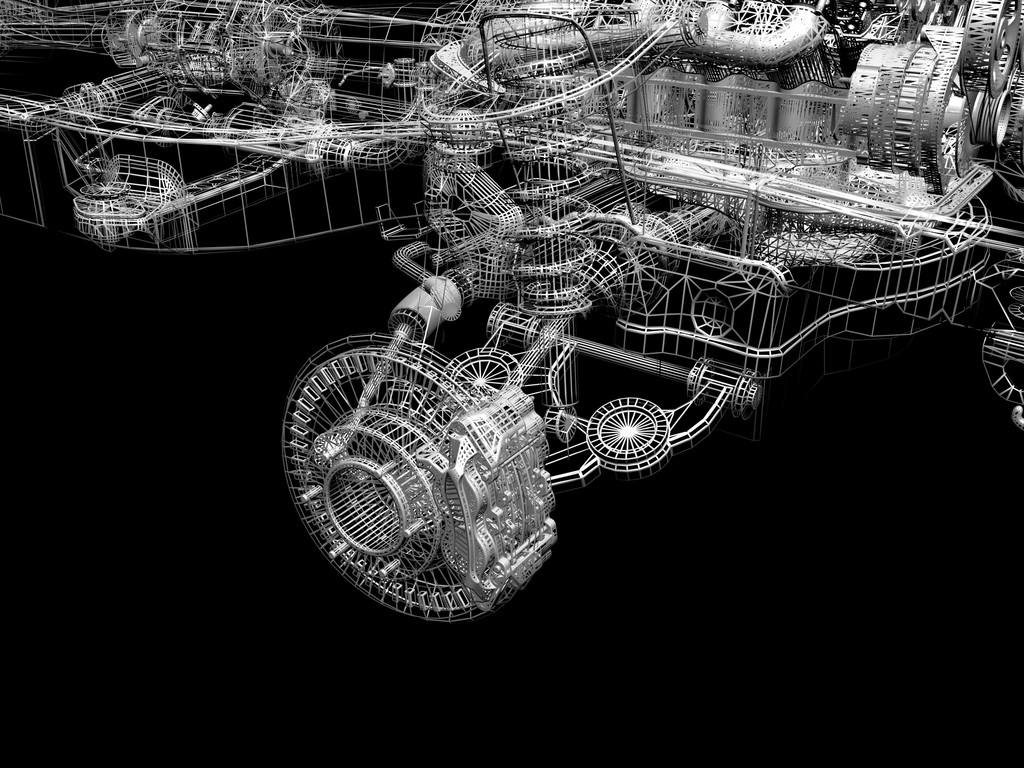
2. Polypropylene (PP). It is a colorless, transparent or glossy granular material, referred to as PP, commonly known as hundred fold soft glue. It is a crystalline plastic. The properties of polypropylene are as follows: A. good fluidity and molding performance. b. Excellent heat resistance, can be boiled at 100 ° C for disinfection C, high yield strength; Good electrical performance D, poor fire safety; Poor weather resistance, oxygen sensitivity, easy to be affected by ultraviolet rays and aging
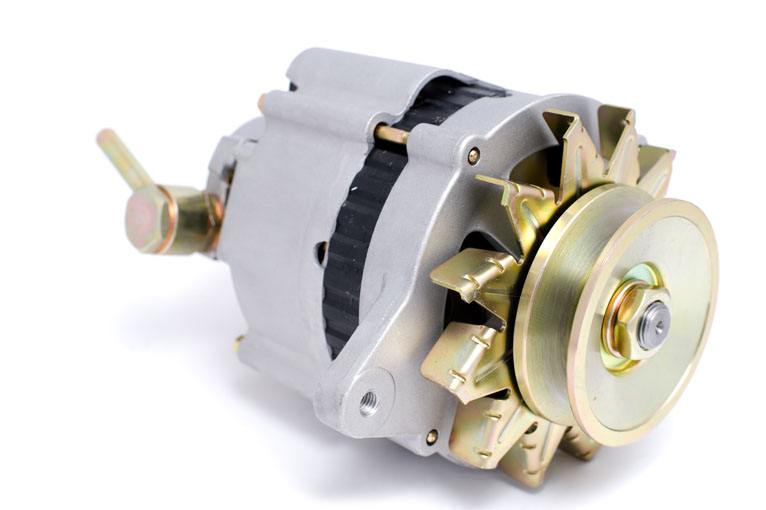
3. Nylon (PA). It is an engineering plastic, which is composed of polyamide resin, referred to as PA There are PA6, PA66, PA610 and PA1010. The properties of nylon are as follows:
a. Nylon has high crystallinity, high mechanical strength, good toughness, high tensile and compressive strength
b. Outstanding fatigue resistance, wear resistance, corrosion resistance, heat resistance, non-toxic, excellent electrical performance
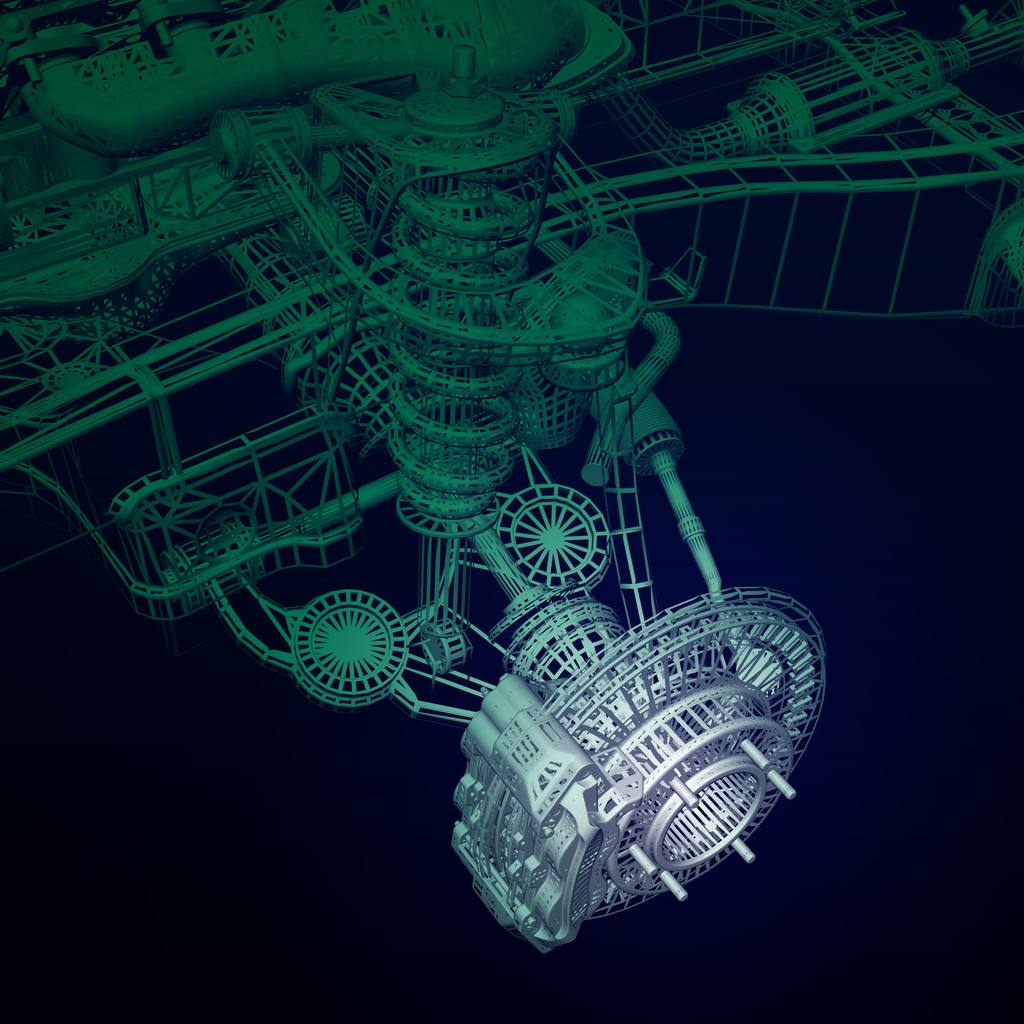
c. Poor light resistance, easy to absorb water, not acid resistant
4. Polyoxymethylene (POM). Also known as saigang material, it is an engineering plastic. Characteristics and uses of polyformaldehyde
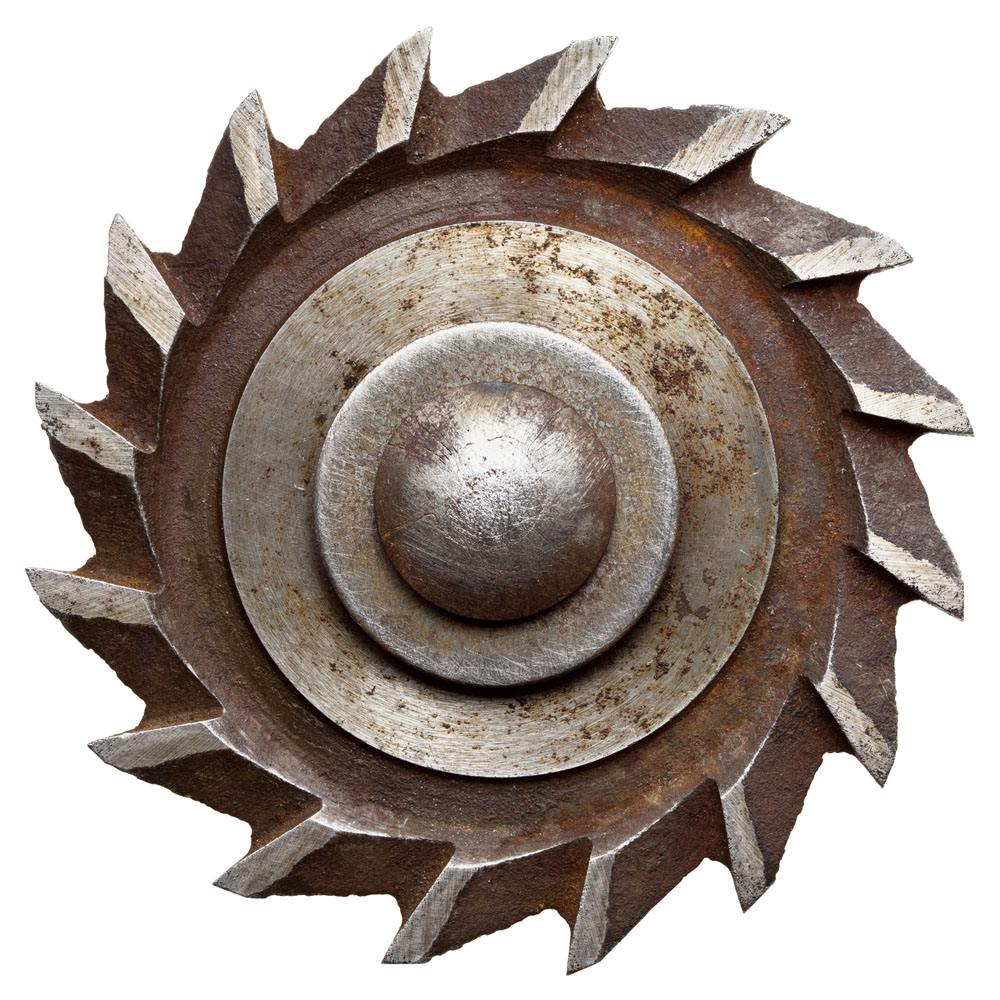
a. Polyoxymethylene has a high crystal structure, excellent mechanical properties, high modulus of elasticity, high rigidity and surface hardness, and is known as the "competitor of metals."
b. Low friction coefficient, excellent wear resistance and self lubrication, second only to nylon, but cheaper than nylon
c. Good solvent resistance, especially organic solvents, but not resistant to strong acids, bases and oxidants
d. Good dimensional stability, can manufacture precision parts
e. High forming shrinkage, poor thermal stability, easy to decompose upon heating
5. ABS (propylene cyanine butadiene styrene). ABS plastic is a kind of high-strength modified polystyrene, which is composed of acrylonitrile, butadiene and styrene in a certain proportion. It has a light ivory color, is opaque, non-toxic and tasteless.
Characteristics and uses
a. High mechanical strength; Strong impact resistance; Good creep resistance; It is hard, tough and rigid
b. The surface of ABS plastic parts can be electroplated
c. ABS can be blended with other plastics and rubber to improve its performance, such as (ABS + PC)
6. PC (polycarbonate). Commonly known as bulletproof glass, it is a non-toxic, tasteless, odorless, transparent material. It is combustible, but it can extinguish itself after leaving the fire. Characteristics and uses:
a. With special toughness and hardness, it has the best impact strength among all thermoplastic materials
b. Excellent creep resistance, good dimensional stability and high forming accuracy; Good heat resistance (120 ℃)
c. The disadvantages are low fatigue strength, large internal stress, easy cracking and poor wear resistance of plastic parts
7. PC + ABS (PC + ABS alloy). It combines the advantages of PC (engineering plastics) and ABS (general plastics) and improves their performance It contains ABS and PC chemical components, has good fluidity and molding processing performance of ABS, and is resistant to impact and cold and hot cycle change of PC. characteristic:
a. Mold design for dispensing port / large water port
b. The surface can be sprayed with oil, electroplated and sprayed with metal
c. Pay attention to surface exhaust
d. The material is commonly used in hot runner molds and has been used in more and more consumer communication products, such as mobile phone cases / computer cases.

